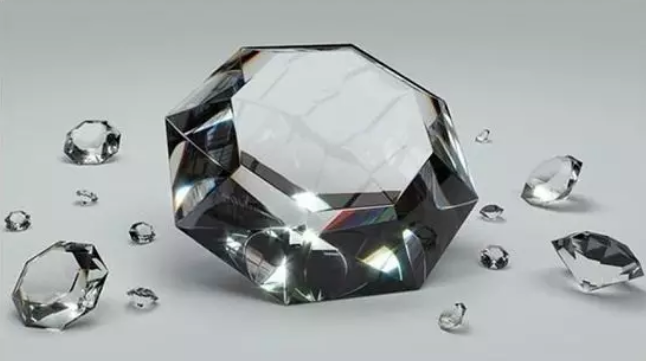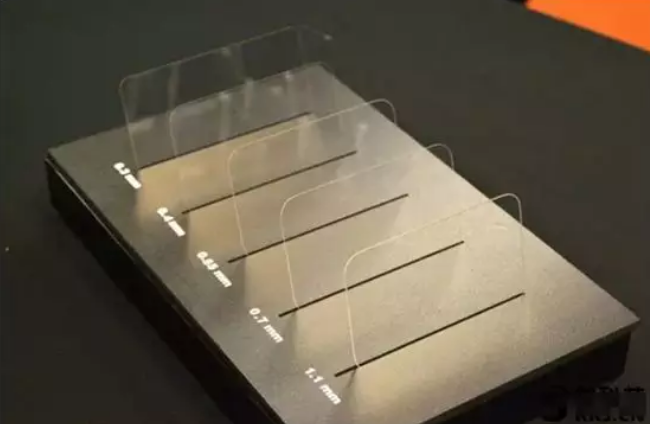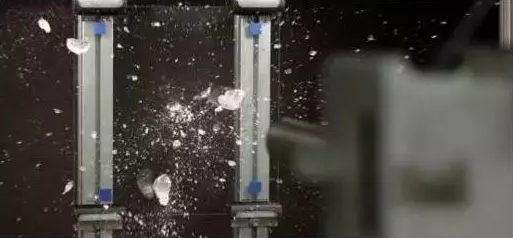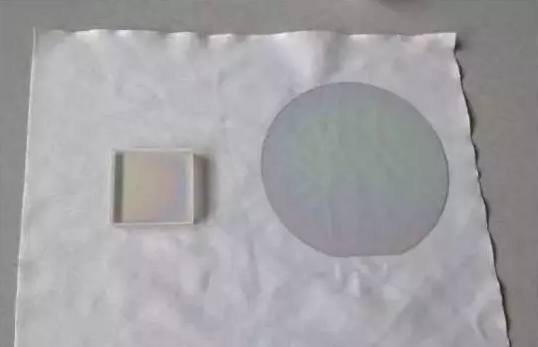A new diamond-coated display on the mobile phone screen will be available
People cherish the beauty of diamonds and their status and permanence to the wearer, but one day these most precious gems may be more practical than filling engagement rings and anniversary pendants: making the smartphone display more scratch-resistant, So as not to create cracks in the chip or spider web.

Unlike diamonds mined from the depths of the earth's crust, diamonds on diamond displays are grown in AKHAN Semiconductor's laboratory, and the company is studying how to use synthetic diamonds to enhance electronics. By the end of the year, AKHAN plans to begin producing glass smartphone screens coated with micron-thick diamonds, which the company says will be more scratch-resistant and less prone to breakage. However, the company does not say which smartphone makers might use their Miraj diamond glass or how to control the cost of these screens.

Regardless of whether AKHAN offers it or not, the idea of ​​using diamonds to solve the general problem of smartphone screen rupture needs to be carefully reviewed. A Motorola study a few years ago showed that nearly one-third of US mobile phone users' screens have broken. The synthetic diamond screen will be more scratch resistant than the Corning Gorilla Glass used to make most smartphone displays and even the sapphire crystal Apple uses for its Apple Watch display.
However, although diamonds are scratch resistant and heat resistant, they are also very brittle materials. "If you put enough pressure on it, it will break and crack in the weakest plane," said Jim Butler, a chemical vapor deposition consultant who has worked as a researcher in the Naval Research Laboratory for 38 years. The diamond coating also does not necessarily protect the underlying glass screen from droplets that can create blunt forces on the screen or along its edges.

While synthetic diamond-coated screens are expected to be more shatterproof than existing smartphone screens, their actual strength depends entirely on how they are made. This process is called chemical vapor deposition - involving the removal of a substrate (such as a piece of glass) with a layer of fine diamond particles composed of hydrogen-carbon bonds. The diamond coated glass is then placed in a chamber having a combination of hydrogen and a carbon rich gas such as methane. The next step is to inject the hydrocarbon gas mixture with heat or subject it to an electromagnetic field until it becomes a plasma of carbon atoms and positively charged hydrogen ions. Under these conditions, the carbon-hydrogen bonds of the diamond particles begin to rupture. When a hydrogen atom in the diamond particle is replaced by a carbon atom from the plasma, a continuous diamond film is formed. Structural defects can be introduced in the process due to changes in temperature or the size of the original diamond particles that determine the physical properties of the final product. These variables need to be adjusted to make a more shatterproof diamond film.
When the diamond fragments are brought together, the bond between carbon and hydrogen forms or breaks at an avid rate, which pumps energy into the diamond film and generates heat. "The optimal temperature for growing diamonds is often higher than 600 degrees Celsius, and depending on the situation, it can be as high as 1200 degrees Celsius," Butler said. Diamonds are very good at heat dissipation and are well placed in this extreme environment. Unfortunately, the underlying glass begins to melt at about 550 degrees Celsius.

AKHAN founder Adam Khan claims that his company can manufacture synthetic diamond films at temperatures of 350 degrees Celsius or lower. Butler is skeptical, pointing out that glass and its diamond coating react differently even at those temperatures. “If you put a diamond on something and something goes through a temperature cycle, there is stress between the coating and the substrate,†he said. This stress is sufficient to crack the quartz, which is much harder than glass. He added that this challenge can be solved, "but this is not a trivial problem."
AKHAN's ability to solve such problems will determine whether diamonds can be applied to smartphone screens.
53Cm Pvc Wallpaper,Modern Chinese Embossed Pattern Wallpaper,Daixin Chinese Style Wallpaper,Modern Striped Wallpaper,Geometric figure PVC wallpaper
JIANGSU ARTSTYLE DECORATION MATERIALS CO..LTD , https://www.jsadpvcwallpaper.com
